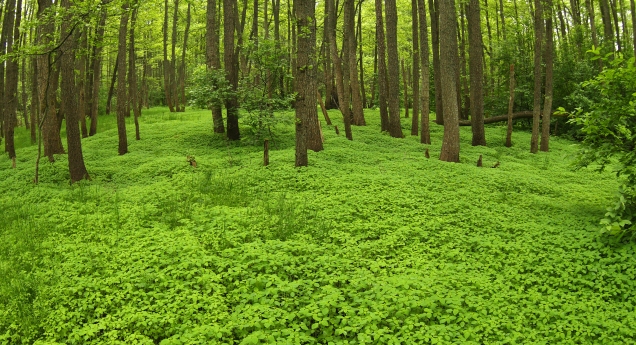 At Hawthorn Time
At Hawthorn Time
Melissa Harrison
One of the books Simon Savidge gave me when he visited the U.S. in September for our road trip to Booktopia was a signed copy of Melissa Harrison’s second novel At Hawthorn Time. Given the excitement of the trip and the heaps of books I acquired along the way, it is no surprise that I didn’t pay much attention to this book until I picked it out of my TBR pile last week. What I discovered as I began reading is that the novel is almost like two books in one. On the one hand there is a compelling narrative revolving around four people: a disaffected, somewhat estranged married couple who have recently moved from London to try their hand at rural life; a socially awkward 19-year old village boy; and a itinerant laborer who feels more at home in nature and just wants to be left alone. On the other hand there are brief, but beautiful pastoral descriptions of florae and faunae threaded throughout the story. Sometimes these descriptions have a direct relationship with the story and at other times they serve as background, but they never seem out of place or superfluous.
As I sit back and think about the devastating conclusion to the book I am struck by how deeply the nature theme is layered throughout the action and lives of the people in the book. Without being obvious or cloying or in any way cliche, the natural world serves as metaphor for everything the humans experience. Seasons, new beginnings, the passage of time, decay, violence, sudden death, uncertainty, fragility. Perhaps I belabor this point because it didn’t feel that way as I read it, thankfully. Nothing worse than feeling like an author is trying to be clever.
On a more surface level I was drawn into the lives of the characters and the community they inhabited. And, although you don’t need to to love the book, I loved the descriptions of the natural world. At some point over the past decade I began to really appreciate the natural world in a way that I had ignored previously. I think part of it was meeting my husband who is an avid gardener and who brought me back into contact with growing things. Part of it was seeing the Masai Mara in Kenya. Part of it was seeing an English hedgerow up close and really noticing the biodiversity it contains. Part of it is seeing how much wildlife there is in our DC neighborhood. Harrison taps into all of this in a wonderful way. In addition to weaving it throughout the story, she begins each chapter with brief notes about what is in bud or bloom and what the birds and insects are up to. I found myself Googling a lot. This is what I mean about two books in one. I could see Harrison taking those same headings and writing a wonderful garden/nature memoir at some point. I hope she does.




Lovely review! (Devastating conclusion? I’m intrigued…).
LikeLike
Ooo, I’m adding this one to my list. I was surprised a few years ago at discovering how much I like to read books with nature themes. Beverley Nichols is one of my favorite authors to read in spring, but I’ve also enjoyed Richard Mabey. Seeing the cover quote by Helen MacDonald, this one sounds like it will have its own unique aspects.
LikeLike
This book sounds wonderful. I love the photos in your post today.I don’t think we have these plants here in Tassie.
LikeLike
Wonderful review. You make me spend so much $$ on books.
LikeLike
Umbellifers! What a superb word! Devastating conclusion to the book, though? Alarm bells ring ….
LikeLike
I just finished reading this (since it’s on the Baileys longlist) and so interesting to read your thoughts about it. Something about the book left me feeling uncertain because I wasn’t sure how to connect the natural elements with the well-written individual stories of the characters’ lives. I do see how the themes of renewal, etc run through the lives of the characters as well and how she is she is perhaps suggesting the natural world and human world aren’t as disconnected as we think. I didn’t feel your same compulsion to look up all the flora described and, though there were drawings to accompany the chapter headings, I wonder if I would have found it more of an immersive read if I had these visual images in my mind. I lived in the country when I was younger and forced to do gardening with my father so maybe this has made me slightly rebellious against the natural world. :)
LikeLike
For me, the rather simplistic connection with the natural world is that life goes on. Like plants and animals, humans cycle through life and are replaced with new shoots. I guess the difference is that we think we are all unique and irreplaceable–and consequential as individuals. Boy, that’s kind of depressing and dark isn’t it?
LikeLike